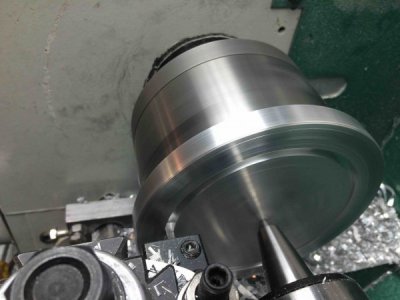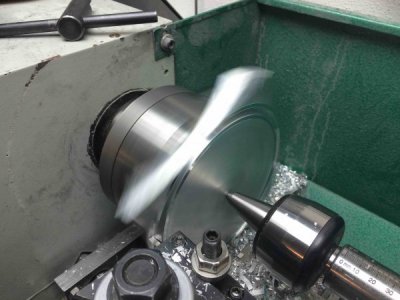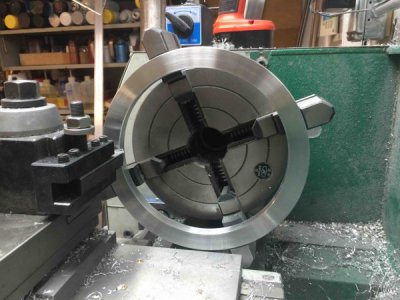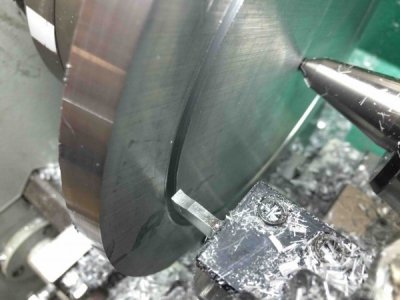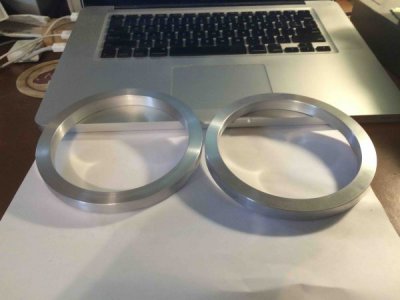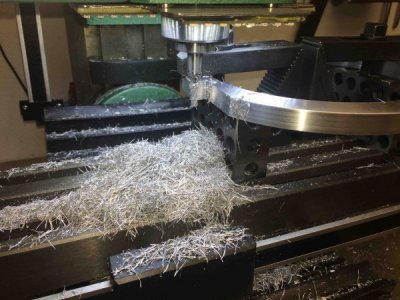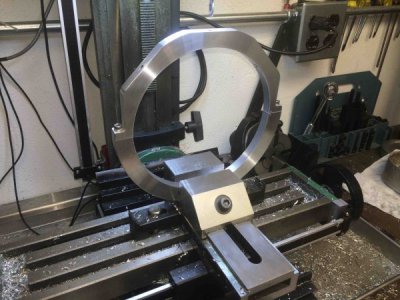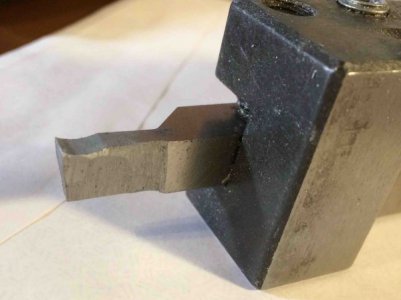- Joined
- Dec 20, 2012
- Messages
- 9,422
Okay, this thread is still being actively viewed. When I started this thread, I hoped it would be a place for new guys (and not so new guys) to show their tools and maybe have the more experienced tool grinders suggest ways to improve them. If embarrassment is holding you back from posting, please understand that we have all been there and nobody with even a smidgeon of memory will make you feel bad. Sometimes it just takes a word or two for something to click in your brain and have it all fall into place and I know there are some really knowledgeable guys on this forum who can give advice that can do exactly that.
Also, if you have tools to share that you are proud of or simply wish to show to others like Dan S did, bring it! His post helped a friend of mine to make a purchase decision.
So, open invitation, guys ...
Also, if you have tools to share that you are proud of or simply wish to show to others like Dan S did, bring it! His post helped a friend of mine to make a purchase decision.
So, open invitation, guys ...

